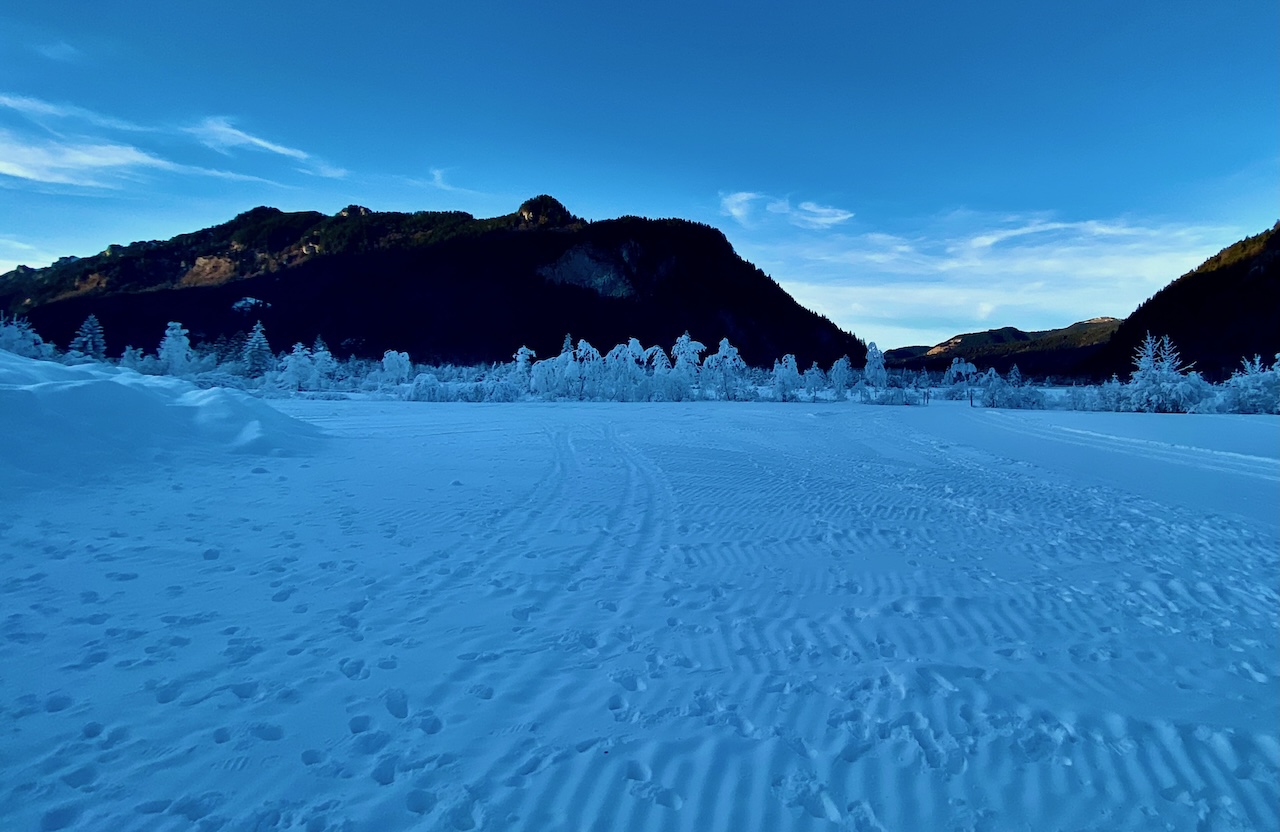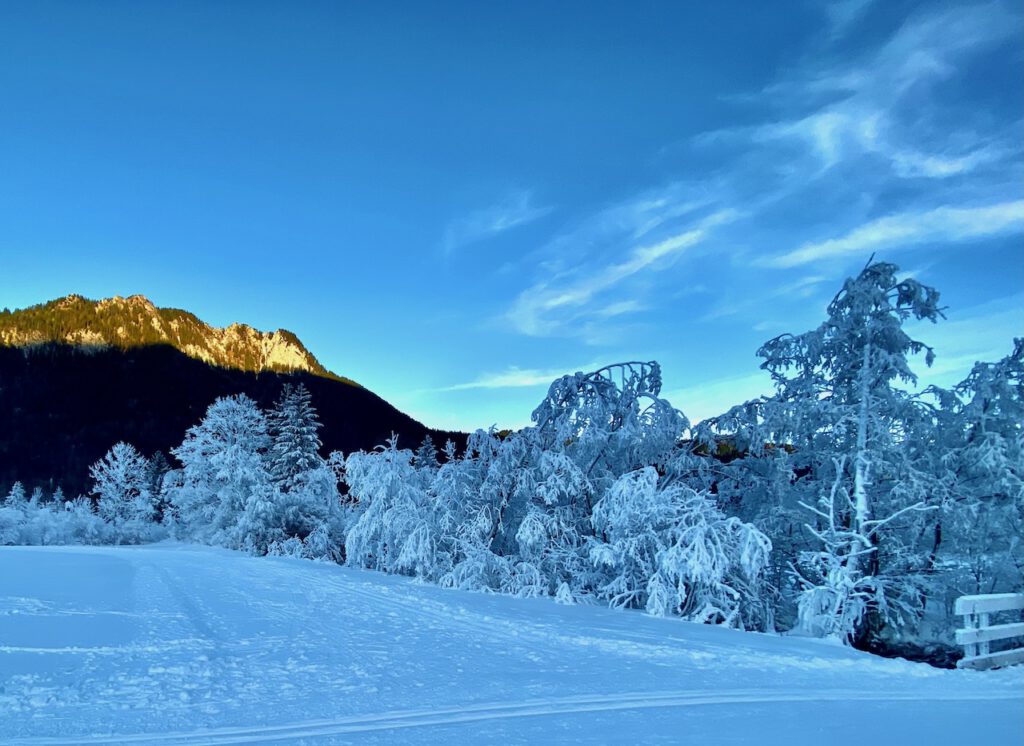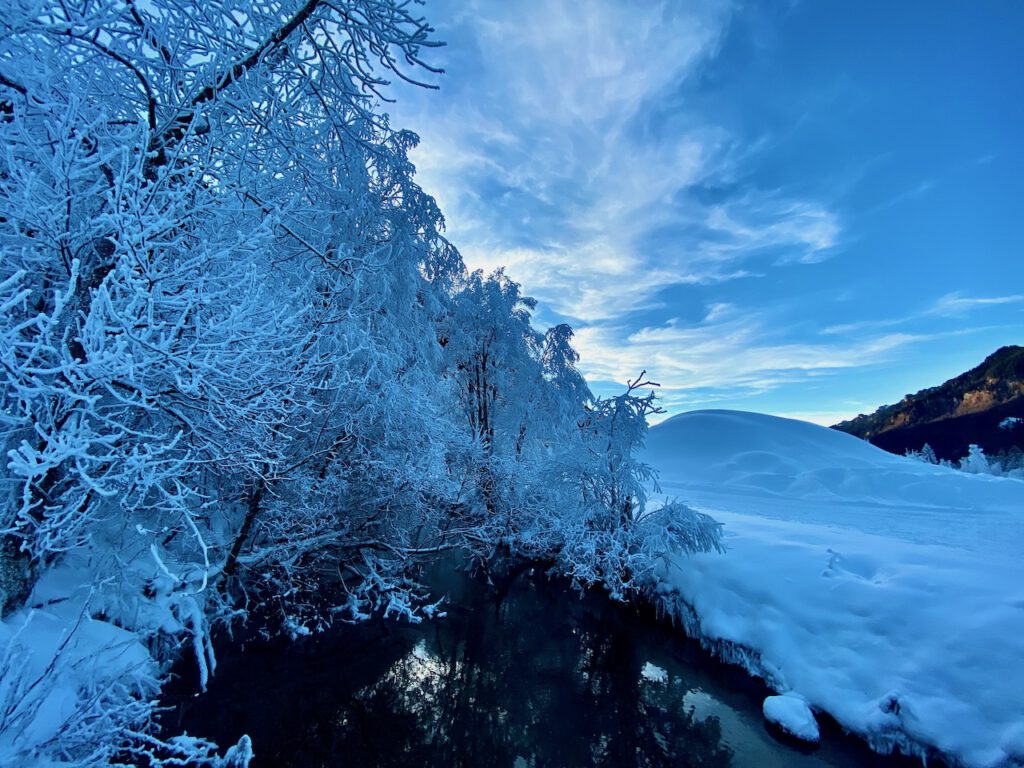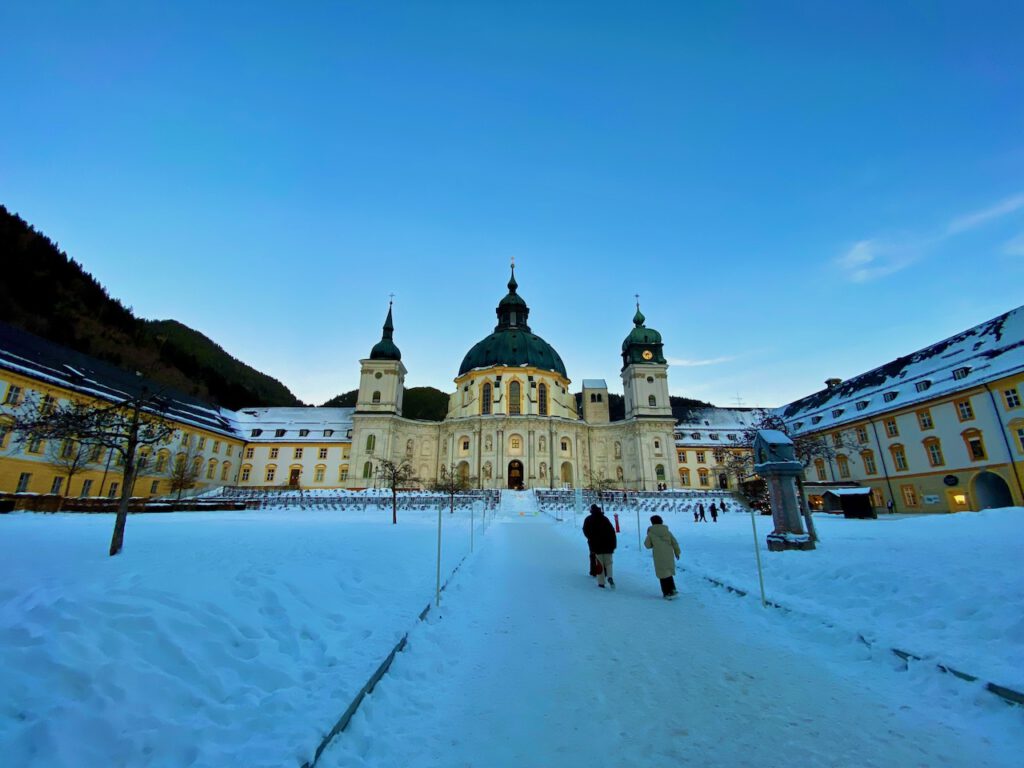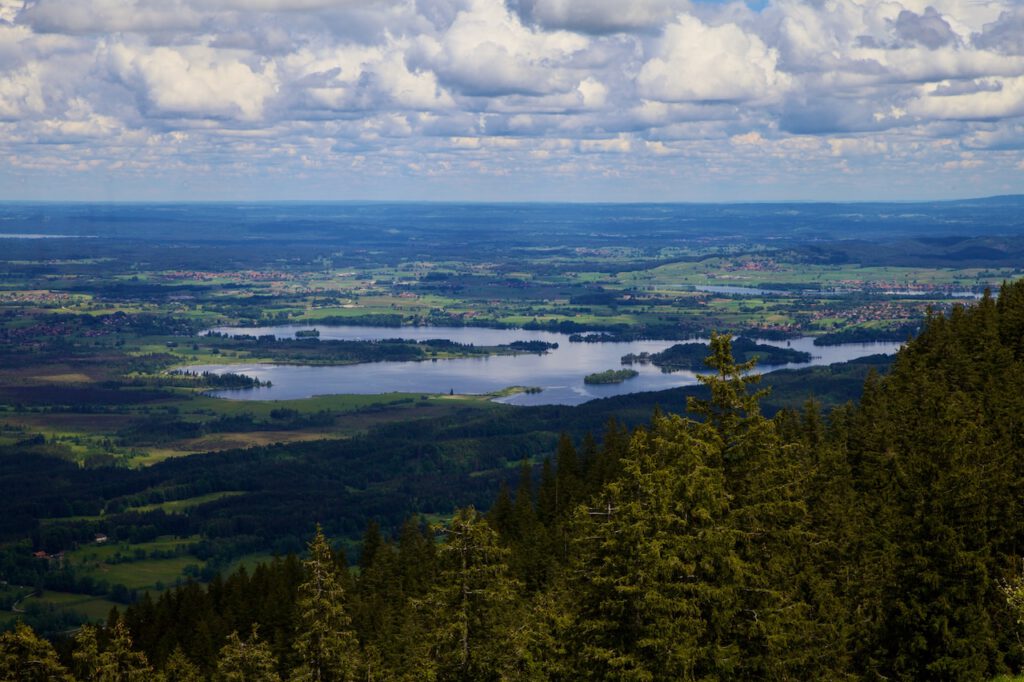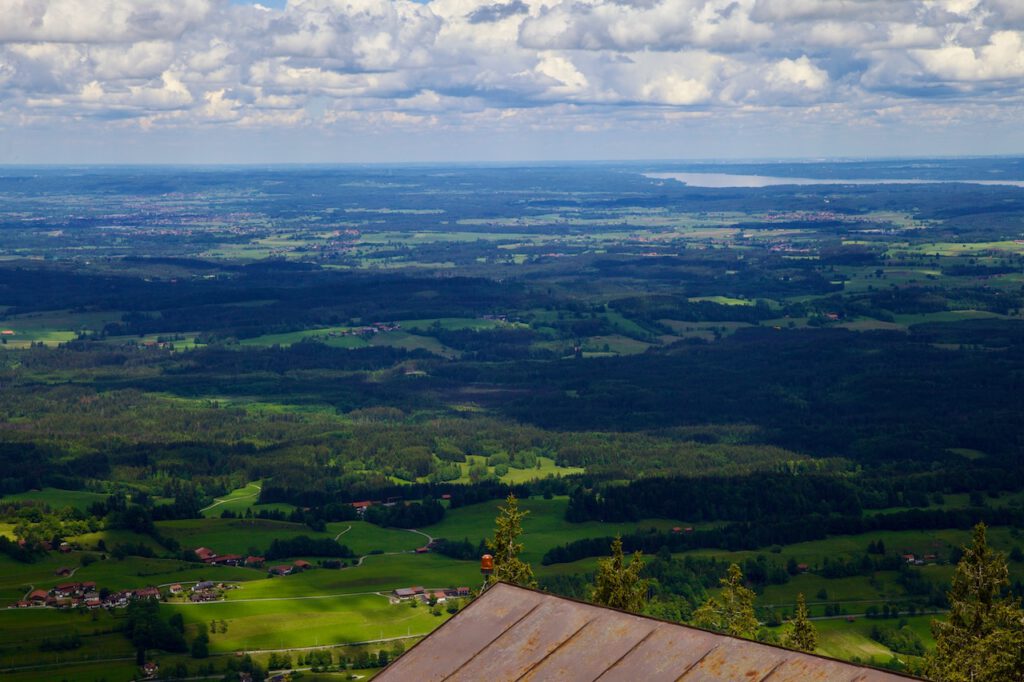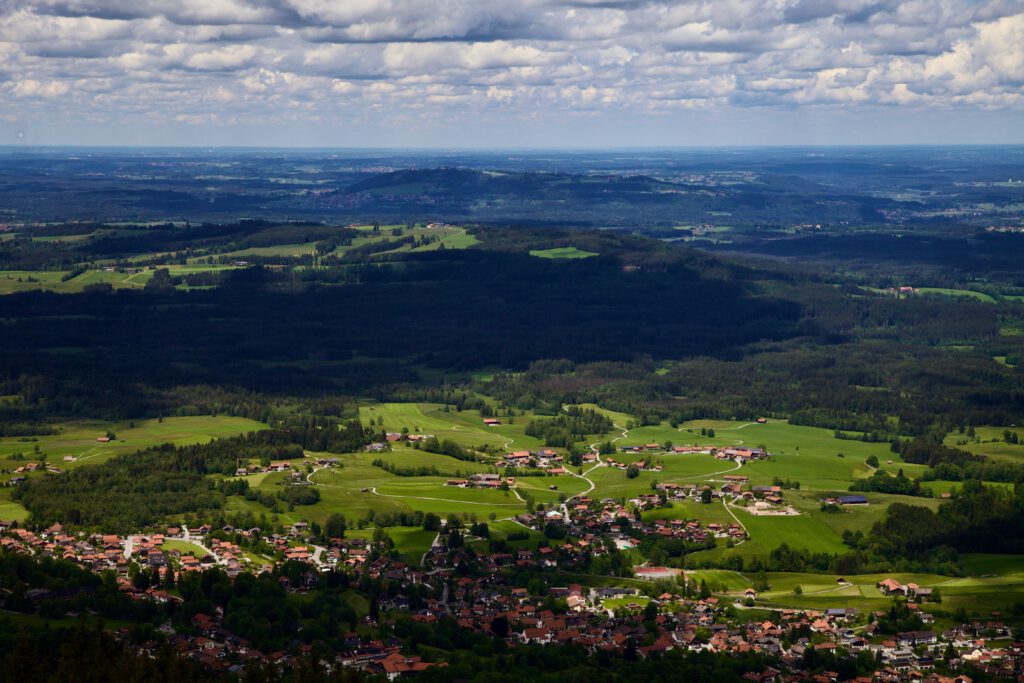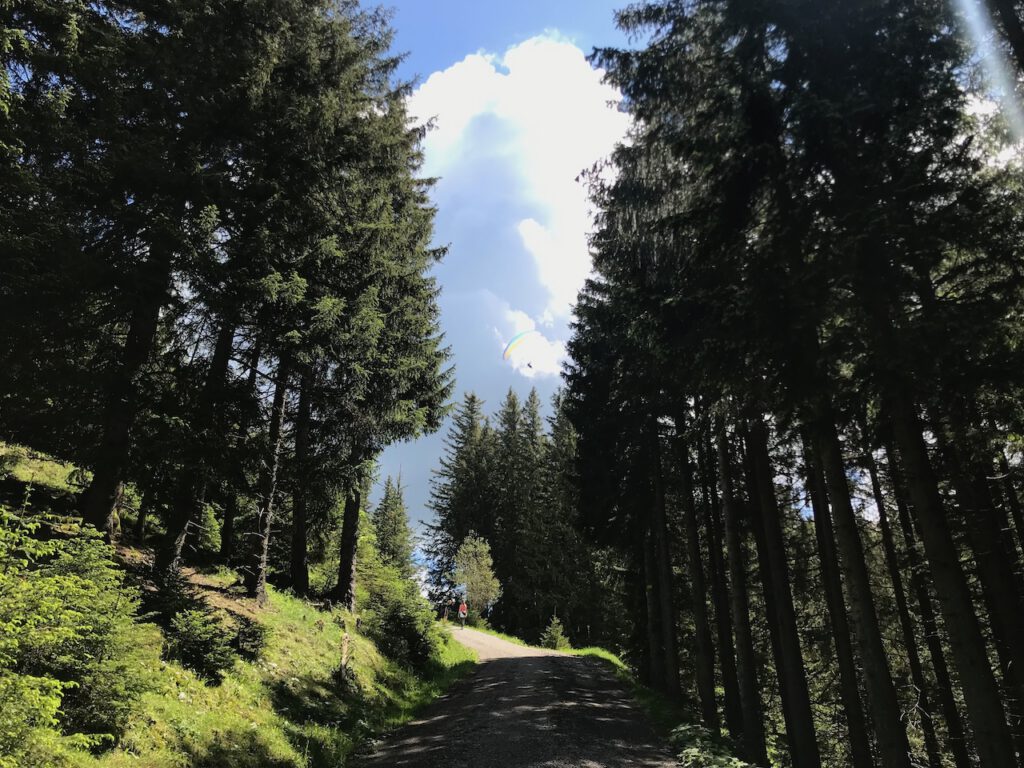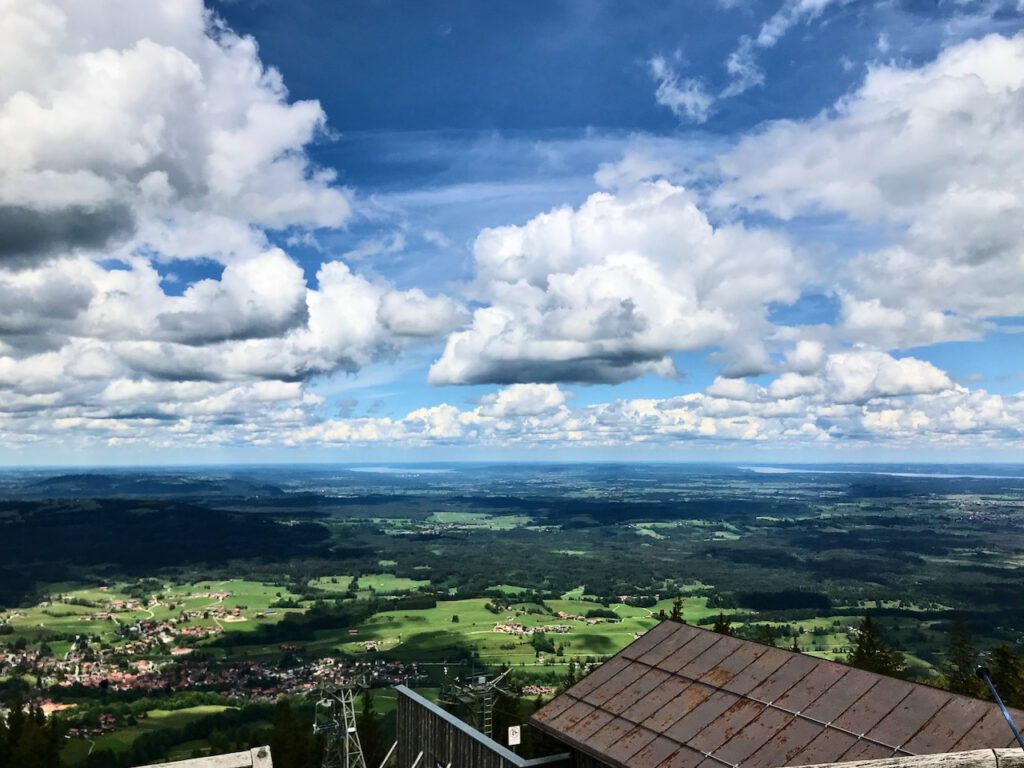Prominent but worthwhile photo destination – Lake Seebensee, Austria
Lake Seebensee near Ehrwald in Tyrol is on the bucket list of many tourists coming to German and Austrian Alps. Especially tourists coming from Garmisch-Partenkirchen can get to Ehrwald quickly by train or via the road to the Fernpass-Straße. You will certainly not alone up there, but the two-hours-trip from the gondola station will be highly rewarded with outstanding vistas and the great motive of the Seebensee. If you have time you could also hike further to the Drachensee.
The tour begins at the modern ropeway from Tyrol’s beautiful Ehrwald near Zugspitze to the Ehrwalder Alm. You can get to the ropeway with a bus which commutes between the ropeway station and the train stop, which is also the train stop for visitors using the Tyrolean Zugspitze ropeway.
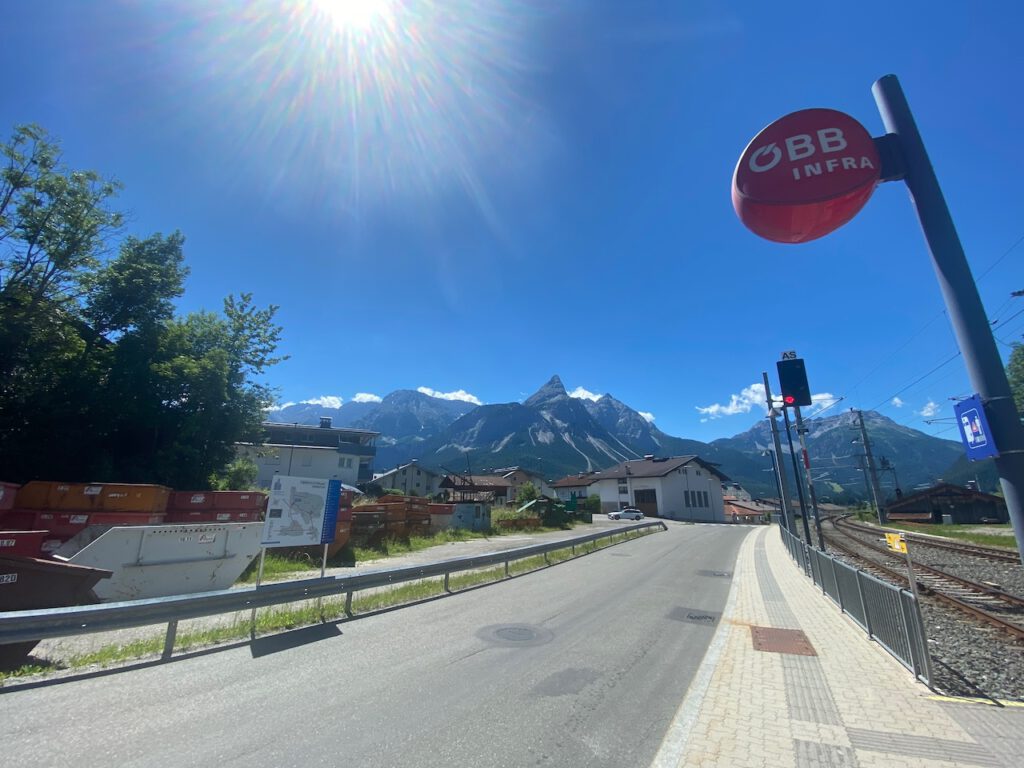
The area is a highly frequented place for winter sports. During winter, the ropeway brings a lot of people into the skiing area above Ehrwald. But it is a popular destination in summer too. Many hikes begin at the Ehrwalder Alm. The most well-known mountain peak here is the Zugspitze, but there are other spectacular hikes. One leads to the Seebensee and from there to the Drachensee with a mountain cabin, the Coburger Hütte.
The ride in this comfortable cable car is an attraction in itself: We glide over the green alpine meadows and the mountain forest and enjoy a fantastic panoramic view during the short 10-minute journey. From there the hike begins:
Normally, anybody can do this, and this is an easily accessible trail that has a lot to offer. There are many great vistas along the way. BUT please read the advice in the paragraphs below!
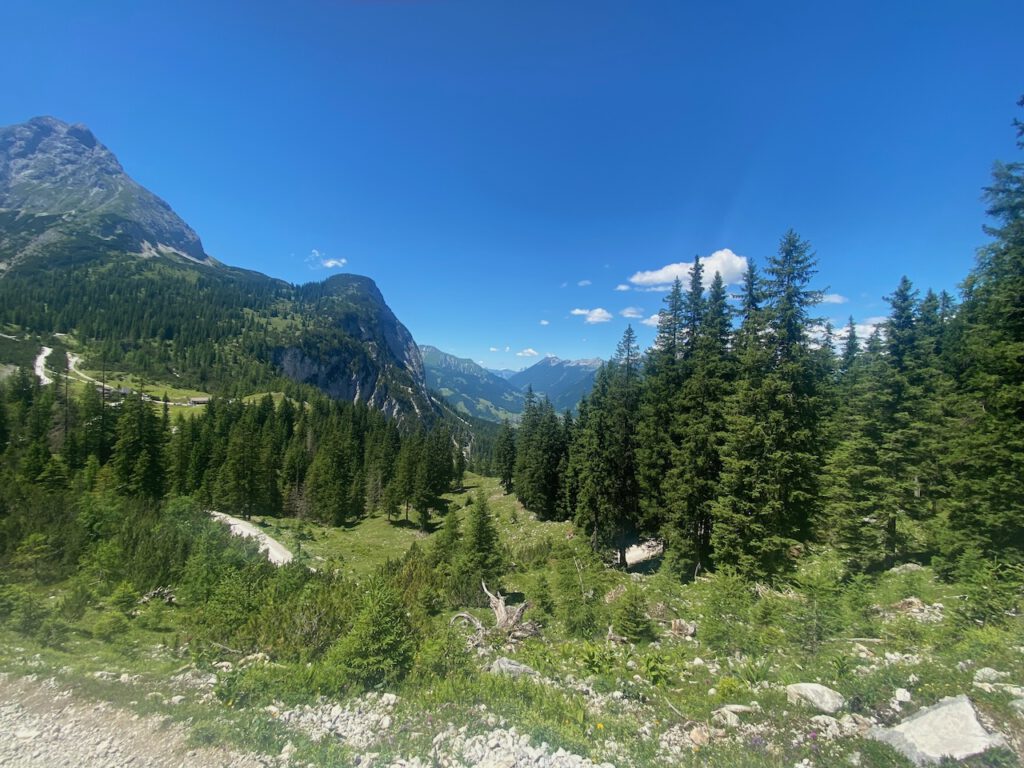
The scenery seen from the trail: Looking south towards the Fernpass.
Parts of the trail lead though a wonderful mountain forest. The forest provides some highly welcome shade along the trail. And sometimes an opportunity to build these little stone pyramids:
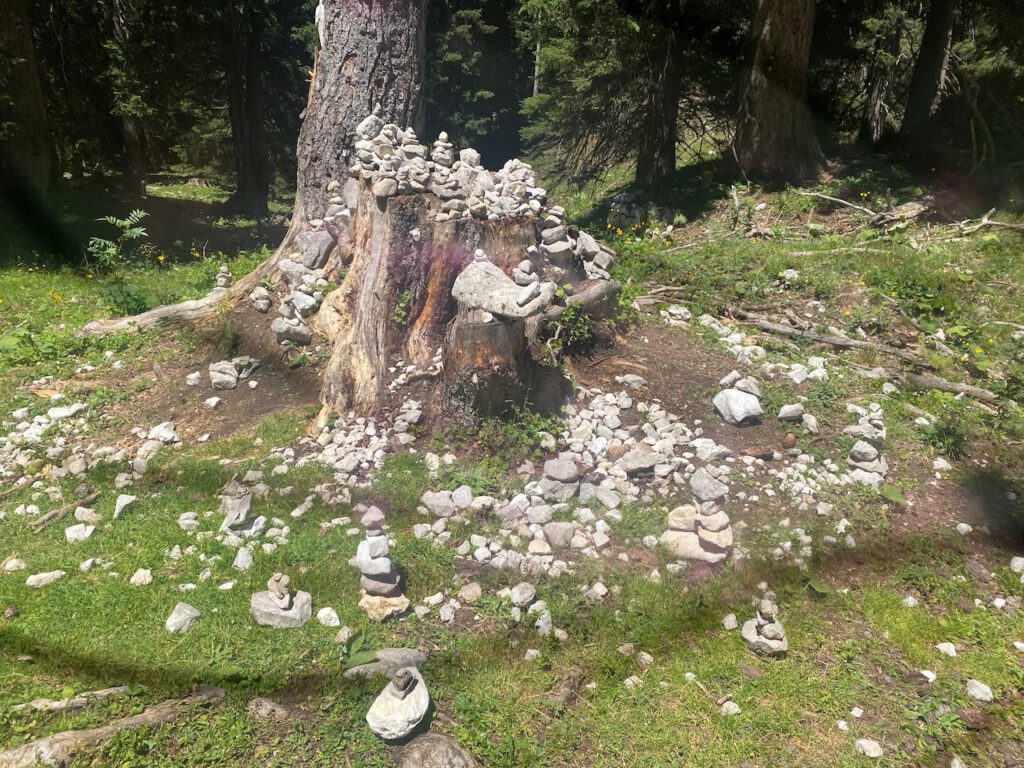
There are a couple of important things: There are two trails, and there is a fork in the path approximately in the middle. The path to the left is shorter, but it is not for bikes, or if you are not comfortable with mountain trails. There is nothing especially difficult here, but there are some ups and downs and it is a mountainous trail with steps and roots and not a street. It could get glitchy after rain. The path on the right is more like a mountain road, and anybody can do it. However it is still also a 2 hours hike bus also with some ups and downs with a difference of 222 metres in height. For further information please check this tour guidance. And always be aware of the weather: It can be hot up there and thunderstorms and dramatic weather-changes with sudden drops of temperature are always possible even in summer.
Stay always on the hiking trails and protect the sensible eco-system of mountain forests, lakes and alpine meadows and you don’t want to get lost. Attention: Don’t follow signs to the Hoher Gang Steig, this is an Alpine VIA FERRATA, not a normal hike and needs climbing experience!
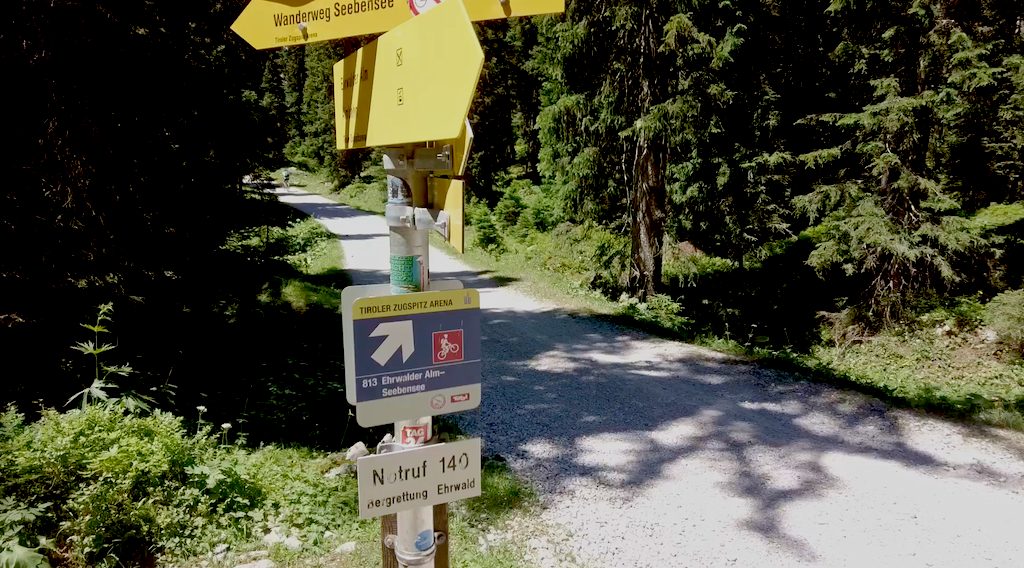
Both trails reach the Seebenalm, where you can get refreshments. After the Seebenalm, an ascent begins with more great panoramic views of the valley with Ehrwald and the surrounding mountains.
The lake is at a height of 1657 metres. It’s not far from the Seebenalm, but it is exposed to the sun during summer. The sunlight can be pretty intense here.
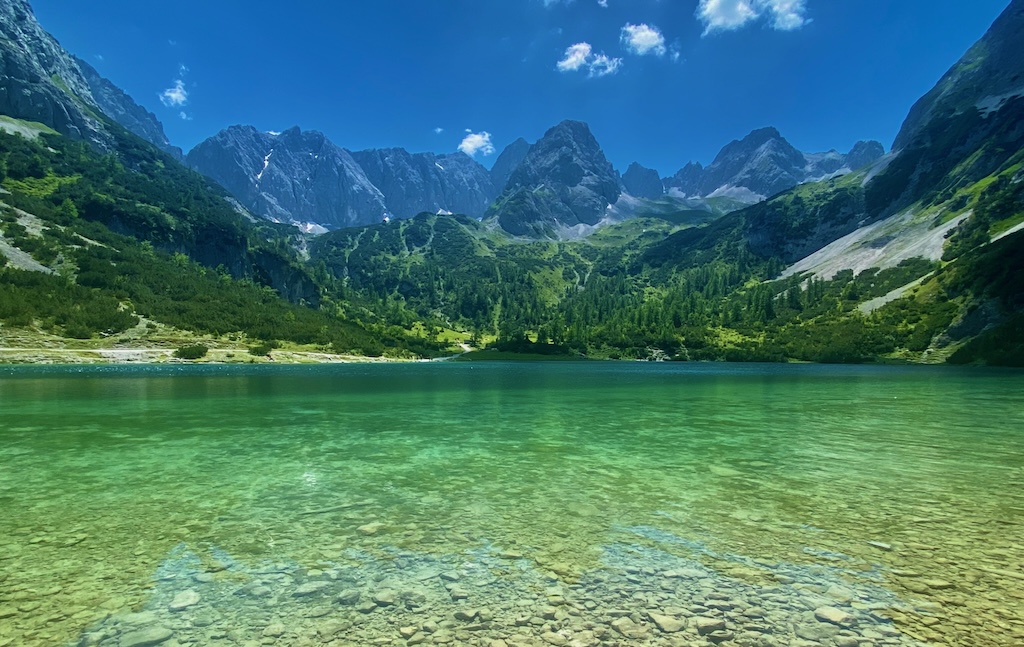
The famous lake with its unique green and the surrounding mountain tops. On the left side of the shore of the lake the trail leads further to Drachensee. The Drachensee is another great destination however there is an ascend and some condition is required.
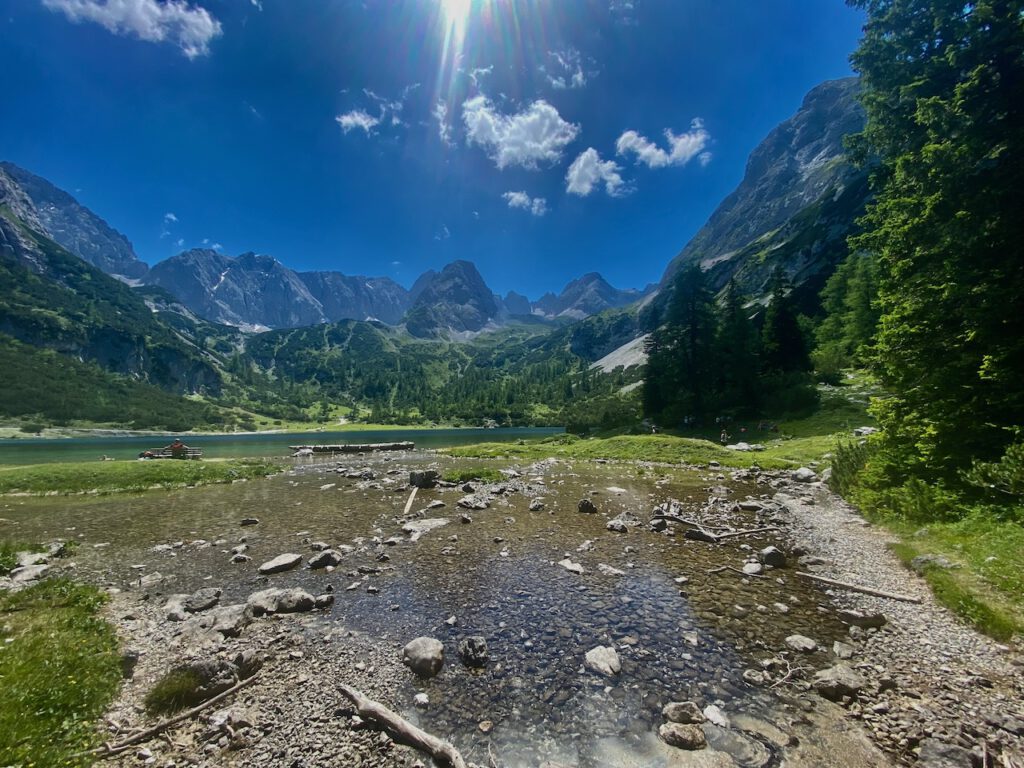
The way black to the rope-way offers again many opportunities for pictures and videos. Every corner of the trail offers new perspectives.
It’s a great place to spend time and discover this unforgettable landscape.
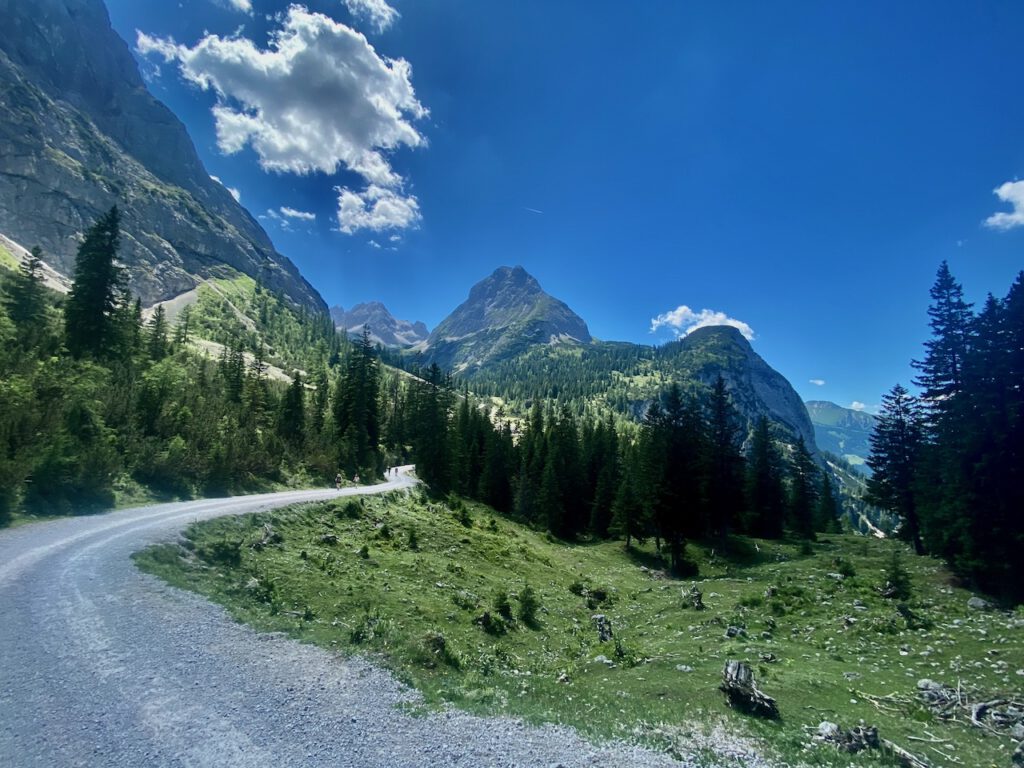
One tip: Check when the last gondolas leave the station. It’s a long walk from the mountain station to Ehrwald. Better enjoy this fantastic ride with the ropeway, which offers again some great perspectives of the valley and its surroundings.
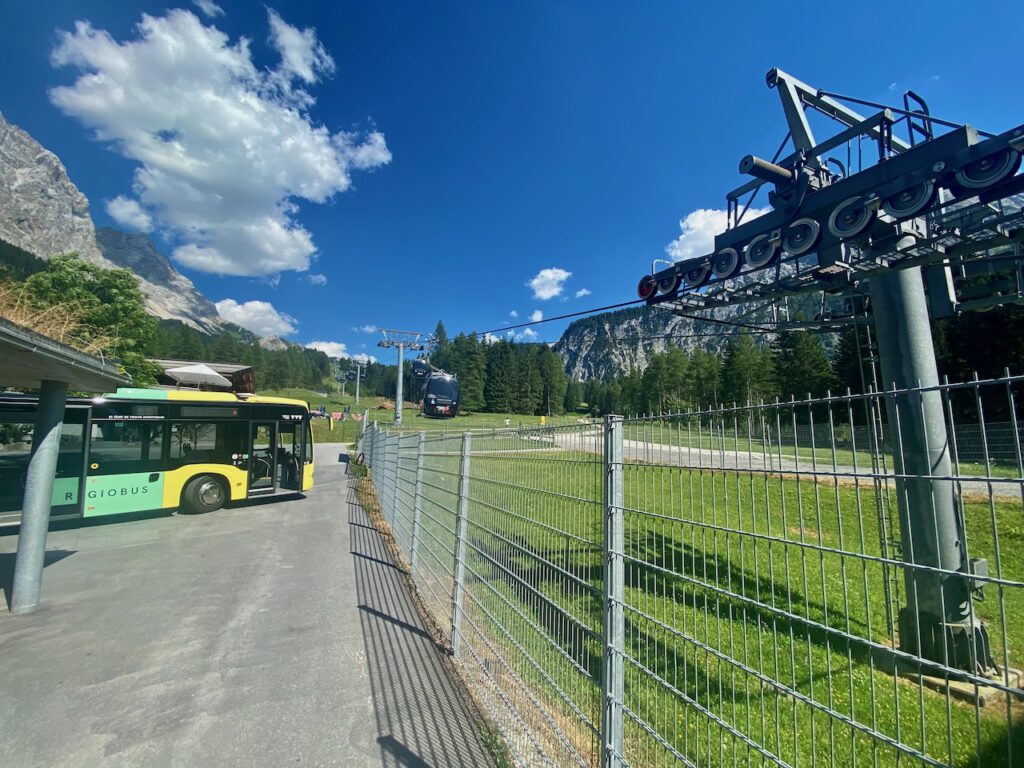
Near the station of the ropeway is a huge parking lot, but there are buses that bring you back to the train station too. Bus timetable 2025: https://www.almbahn.at/uploads/tx_bh/141/sommer_bus1.pdf
From Ehrwald, there are regular trains to Garmisch-Partenkirchen in Germany and Reutte in Austria.
The ropeway is 25 Euros up and down in summer 2025
The train commutes hourly between Garmisch Partenkirchen and Reutte/Pfronten (R6) .
Restaurants/Refreshments: near mountain station of ropeway (Ehrwalder Alm), Seebensee Alm, Coburger Hütte.
English hiking description: https://zugspitzarena.com/en/Ehrwalder-Alm-Seebensee_tour_231981
